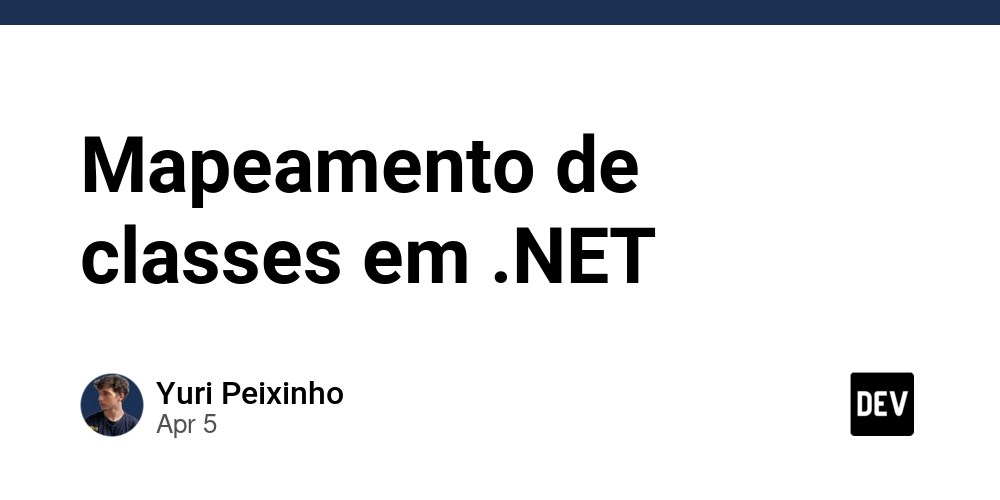Building a Secret Scanner in Julia: A GitLeaks Alternative
There is a tool for scanning secrets, passwords, and API key leaks called GitLeaks. It’s a very popular project, but in my opinion, its popularity is undeserved. The code quality is questionable, it doesn’t allow specifying custom regex pattern lists for scanning, and it fails to produce proper JSON in stdout, making it useless for automation or backend use. This was a great opportunity to: To use Julia – one of the best programming languages, which is unfairly considered niche. Its applications go far beyond HPC. It’s perfectly suited for solving a wide range of problems. Learn how to properly publish projects on GitHub. Learn how to create Linux packages. We won’t dwell too long on the code itself. Code is better written or read—discussing it isn’t very interesting. The script works as follows: Usage: julia leaquor.jl [options] Options: -h, --help Display this help message. --json Output results in JSON format. --output-file FILE Write JSON results to the specified file. --patterns FILE Load additional patterns from a YAML file. --ignore-files LIST Comma-separated list of files to ignore (e.g., "file1.txt,file2.json"). --repo URL Clone and scan a GitHub repository (e.g., https://github.com/user/repo.git). --dir PATH Scan a specific directory on the file system. --entropy-threshold FLOAT Set custom entropy threshold (default: 3.5). --log-file FILE Write logs to the specified file. Arguments: Either --repo or --dir must be provided. Examples: julia leaquor.jl --repo https://github.com/user/repo.git --json --output-file out.json julia leaquor.jl --dir ./my_project --patterns custom_patterns.yaml | jq . --patterns – A YAML file with custom regex patterns for scanning. --dir – Specifies a directory to scan. --repo – Allows scanning a GitHub repository directly. More interesting is how to properly structure this for GitHub: Docker and DEB Packages In one Dockerfile, we build the project in Julia. Julia is no different from Python or other more popular languages in this regard. In a second Dockerfile, we also build the project but add nfpm a tool that replaces the standard toolchain for DEB and RPM packages. # Generate DEB packages RUN nfpm pkg --config nfpm.yaml --target leaquor.deb # Final stage to output packages FROM scratch COPY --from=packager /app/leaquor.deb /leaquor.deb The last two directives build and copy the package to the current directory. Make A Makefile is created to handle Docker builds: # Build the Docker image docker-build: @echo "Building Docker image $(DOCKER_IMAGE)..." docker build -t $(DOCKER_IMAGE) . # Run the Docker container docker-run: @echo "Running Docker container $(DOCKER_CONTAINER)..." docker run --rm -v $(PWD):/app $(DOCKER_IMAGE) --help If called without arguments, it displays the help menu: make Available targets: test - Run unit tests docker-build - Build the Docker image docker-run - Run the Docker container docker-push - Push the Docker image to Docker Hub docker-clean - Clean up Docker artifacts (images, containers, volumes) docker-clean-all - Force cleanup of all Docker images and artifacts release - Create a GitHub release open-issue - Open a new issue on GitHub create-pr - Create a pull request list-issues - List open issues list-prs - List open pull requests deploy-docs - Deploy documentation to GitHub Pages check-workflows - Check GitHub Actions workflow status generate-changelog - Generate a changelog This command pushes the image to DockerHub: # Push the Docker image to Docker Hub docker-push: docker-build @echo "Logging into Docker Hub..." @docker login -u $(DOCKER_HUB_USERNAME) @echo "Tagging image for Docker Hub..." docker tag $(DOCKER_IMAGE) $(DOCKER_HUB_REPO):latest @echo "Pushing image to Docker Hub..." docker push $(DOCKER_HUB_REPO):latest @echo "Image pushed successfully to $(DOCKER_HUB_REPO):latest" Nothing stops us from using GitHub CLI to tag the repository, upload it, and create a GitHub release (that’s the section on the left with version numbers like v1.0.0): # Target: Create a Git tag and release on GitHub .PHONY: release release: @echo "Creating Git tag and releasing on GitHub..." @read -p "Enter the version number (e.g., v1.0.0): " version; \ git tag -a $$version -m "Release $$version"; \ git push origin $$version; \ gh release create $$version --generate-notes @echo "Release $$version created and pushed to GitHub." # Upload .deb package to GitHub release upload-release: @if [ ! -f "leaquor.deb" ]; then \ echo "Error: leaquor.deb not found. Please run 'make package' first."; \ exit 1; \ fi @echo "Uploading leaquor.deb to GitHub release $(RELEASE_TAG)..." gh release upload $(RELEASE_TAG
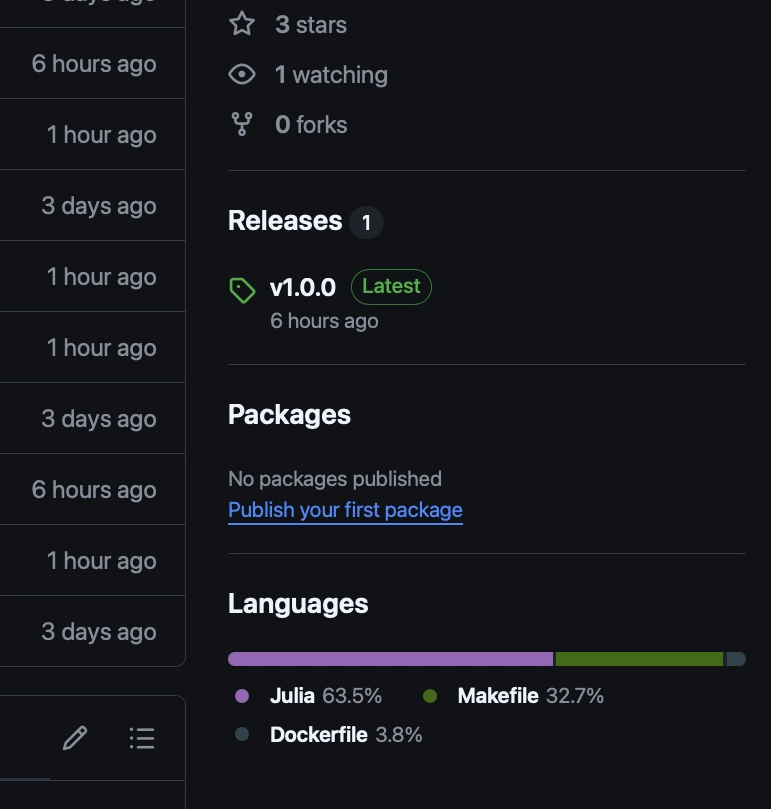
There is a tool for scanning secrets, passwords, and API key leaks called GitLeaks.
It’s a very popular project, but in my opinion, its popularity is undeserved. The code quality is questionable, it doesn’t allow specifying custom regex pattern lists for scanning, and it fails to produce proper JSON in stdout, making it useless for automation or backend use.
This was a great opportunity to:
- To use Julia – one of the best programming languages, which is unfairly considered niche. Its applications go far beyond HPC. It’s perfectly suited for solving a wide range of problems.
- Learn how to properly publish projects on GitHub.
- Learn how to create Linux packages.
We won’t dwell too long on the code itself. Code is better written or read—discussing it isn’t very interesting.
The script works as follows:
Usage: julia leaquor.jl [options]
Options:
-h, --help Display this help message.
--json Output results in JSON format.
--output-file FILE Write JSON results to the specified file.
--patterns FILE Load additional patterns from a YAML file.
--ignore-files LIST Comma-separated list of files to ignore (e.g., "file1.txt,file2.json").
--repo URL Clone and scan a GitHub repository (e.g., https://github.com/user/repo.git).
--dir PATH Scan a specific directory on the file system.
--entropy-threshold FLOAT Set custom entropy threshold (default: 3.5).
--log-file FILE Write logs to the specified file.
Arguments:
Either --repo or --dir must be provided.
Examples:
julia leaquor.jl --repo https://github.com/user/repo.git --json --output-file out.json
julia leaquor.jl --dir ./my_project --patterns custom_patterns.yaml | jq .
--patterns – A YAML file with custom regex patterns for scanning.
--dir – Specifies a directory to scan.
--repo – Allows scanning a GitHub repository directly.
More interesting is how to properly structure this for GitHub:
Docker and DEB Packages
In one Dockerfile, we build the project in Julia. Julia is no different from Python or other more popular languages in this regard.
In a second Dockerfile, we also build the project but add nfpm a tool that replaces the standard toolchain for DEB and RPM packages.
# Generate DEB packages
RUN nfpm pkg --config nfpm.yaml --target leaquor.deb
# Final stage to output packages
FROM scratch
COPY --from=packager /app/leaquor.deb /leaquor.deb
The last two directives build and copy the package to the current directory.
Make
A Makefile is created to handle Docker builds:
# Build the Docker image
docker-build:
@echo "Building Docker image $(DOCKER_IMAGE)..."
docker build -t $(DOCKER_IMAGE) .
# Run the Docker container
docker-run:
@echo "Running Docker container $(DOCKER_CONTAINER)..."
docker run --rm -v $(PWD):/app $(DOCKER_IMAGE) --help
If called without arguments, it displays the help menu:
make
Available targets:
test - Run unit tests
docker-build - Build the Docker image
docker-run - Run the Docker container
docker-push - Push the Docker image to Docker Hub
docker-clean - Clean up Docker artifacts (images, containers, volumes)
docker-clean-all - Force cleanup of all Docker images and artifacts
release - Create a GitHub release
open-issue - Open a new issue on GitHub
create-pr - Create a pull request
list-issues - List open issues
list-prs - List open pull requests
deploy-docs - Deploy documentation to GitHub Pages
check-workflows - Check GitHub Actions workflow status
generate-changelog - Generate a changelog
This command pushes the image to DockerHub:
# Push the Docker image to Docker Hub
docker-push: docker-build
@echo "Logging into Docker Hub..."
@docker login -u $(DOCKER_HUB_USERNAME)
@echo "Tagging image for Docker Hub..."
docker tag $(DOCKER_IMAGE) $(DOCKER_HUB_REPO):latest
@echo "Pushing image to Docker Hub..."
docker push $(DOCKER_HUB_REPO):latest
@echo "Image pushed successfully to $(DOCKER_HUB_REPO):latest"
Nothing stops us from using GitHub CLI to tag the repository, upload it, and create a GitHub release (that’s the section on the left with version numbers like v1.0.0):
# Target: Create a Git tag and release on GitHub
.PHONY: release
release:
@echo "Creating Git tag and releasing on GitHub..."
@read -p "Enter the version number (e.g., v1.0.0): " version; \
git tag -a $$version -m "Release $$version"; \
git push origin $$version; \
gh release create $$version --generate-notes
@echo "Release $$version created and pushed to GitHub."
# Upload .deb package to GitHub release
upload-release:
@if [ ! -f "leaquor.deb" ]; then \
echo "Error: leaquor.deb not found. Please run 'make package' first."; \
exit 1; \
fi
@echo "Uploading leaquor.deb to GitHub release $(RELEASE_TAG)..."
gh release upload $(RELEASE_TAG) leaquor.deb --repo $(GITHUB_REPO)
@echo "Upload complete"
Test
In this case, we simply run the script in a Docker container against a "leaky-repo"—a test repository that definitely contains secret leaks.
# Test target to validate the script
test: docker-build clone-test-repo
@echo "Running tests..."
docker run --rm \
-v $(PWD)/$(JULIA_SCRIPT):/app/$(JULIA_SCRIPT) \
-v $(PWD)/$(TEST_REPO_DIR):/app/$(TEST_REPO_DIR) \
--name $(DOCKER_CONTAINER) \
$(DOCKER_IMAGE) \
julia /app/$(JULIA_SCRIPT) --dir /app/$(TEST_REPO_DIR) \
--patterns patterns.yaml \
--output-file results.json \
--log-file /app/test.log
@echo "Tests completed. Check test.log for details."
Pipeline
Finally, to keep everything GitOps-compliant, let’s set up a GitHub pipeline:
name: CI/CD Pipeline
on:
push:
branches:
- main
pull_request:
branches:
- main
jobs:
build-and-test:
runs-on: ubuntu-latest
steps:
- name: Checkout code
uses: actions/checkout@v3
- name: Set up Docker Buildx
uses: docker/setup-buildx-action@v2
- name: Log in to Docker Hub
if: github.event_name == 'push' && startsWith(github.ref, 'refs/tags/')
uses: docker/login-action@v2
with:
username: ${{ secrets.DOCKER_HUB_USERNAME }}
password: ${{ secrets.DOCKER_HUB_TOKEN }}
- name: Build Docker image
run: make docker-build
- name: Run tests
run: make test
- name: Build package (on tag push)
if: github.event_name == 'push' && startsWith(github.ref, 'refs/tags/')
run: make package
- name: Push Docker image to Docker Hub (on tag push)
if: github.event_name == 'push' && startsWith(github.ref, 'refs/tags/')
run: |
docker tag leaquor-image:latest ${{ secrets.DOCKER_HUB_REPO }}:${{ github.ref_name }}
docker push ${{ secrets.DOCKER_HUB_REPO }}:${{ github.ref_name }}
Here, everything is very simple because we wrapped all logic in Make. We can just run make docker-build, make test, and automate it on push.
In reality, it’s all very straightforward. Julia can be used for standard day-to-day tasks, and Docker and GitHub make it even easier.











































































































































































![[The AI Show Episode 144]: ChatGPT’s New Memory, Shopify CEO’s Leaked “AI First” Memo, Google Cloud Next Releases, o3 and o4-mini Coming Soon & Llama 4’s Rocky Launch](https://www.marketingaiinstitute.com/hubfs/ep%20144%20cover.png)
















































































































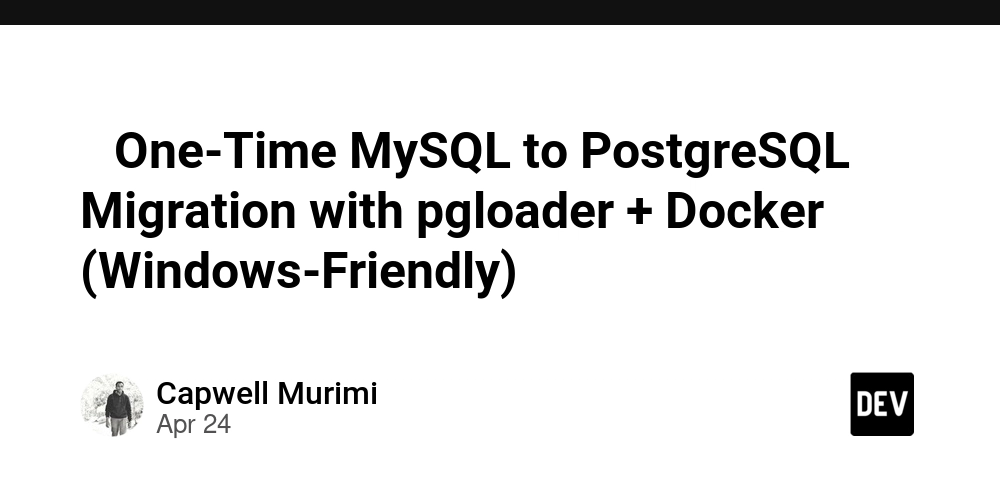
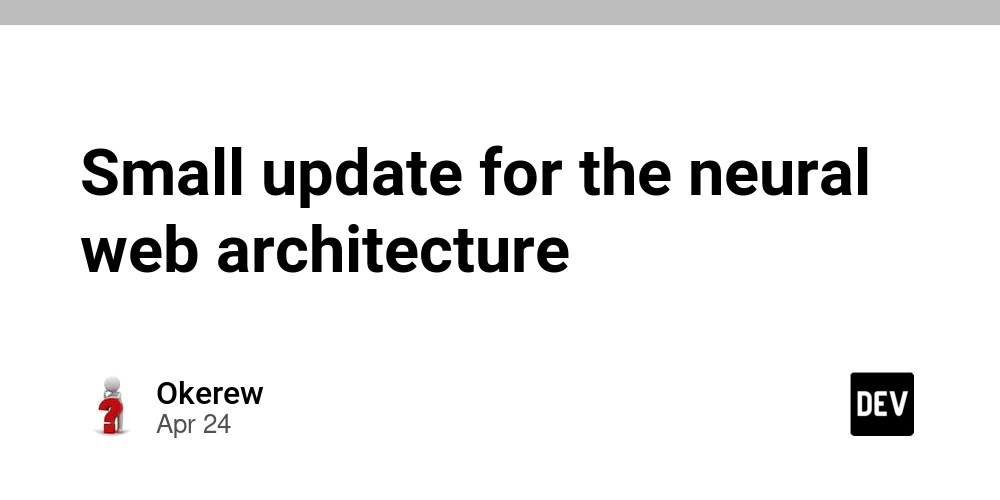















![[DEALS] Sterling Stock Picker: Lifetime Subscription (85% off) & Other Deals Up To 98% Off – Offers End Soon!](https://www.javacodegeeks.com/wp-content/uploads/2012/12/jcg-logo.jpg)















































































































































_NicoElNino_Alamy.png?width=1280&auto=webp&quality=80&disable=upscale#)

_Olekcii_Mach_Alamy.jpg?width=1280&auto=webp&quality=80&disable=upscale#)













































































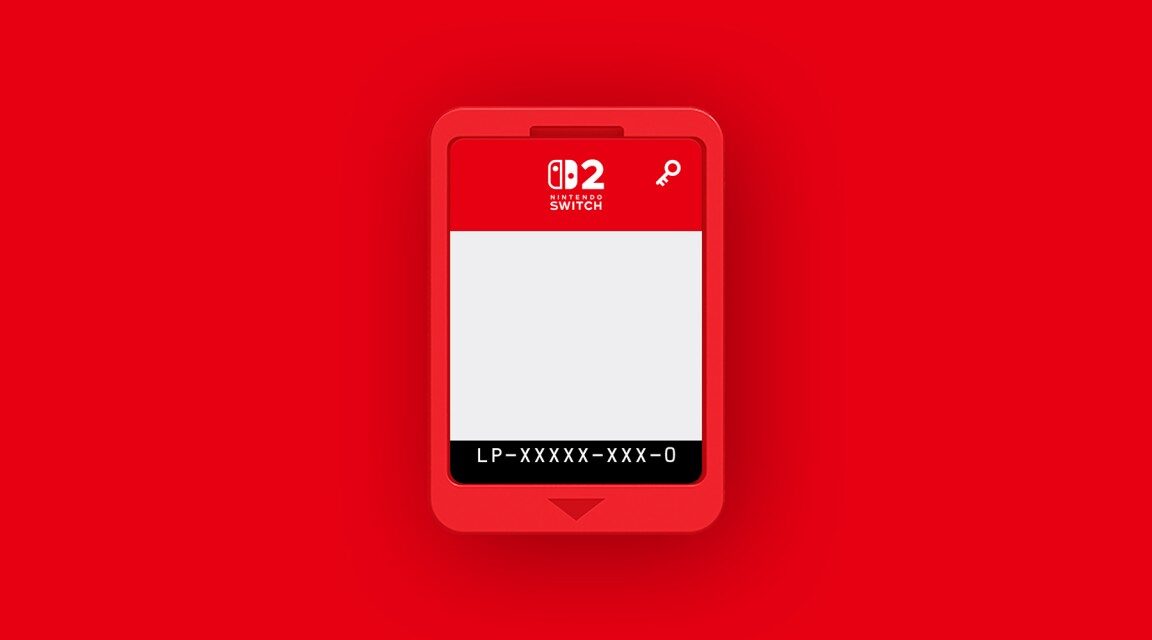















![Apple appealing $570M EU fine, White House says it won’t be tolerated [U]](https://i0.wp.com/9to5mac.com/wp-content/uploads/sites/6/2025/04/Apple-says-570M-EU-fine-is-unfair-White-House-says-it-wont-be-tolerated.jpg?resize=1200%2C628&quality=82&strip=all&ssl=1)
















![At Least Three iPhone 17 Models to Feature 12GB RAM [Kuo]](https://www.iclarified.com/images/news/97122/97122/97122-640.jpg)

![Dummy Models Showcase 'Unbelievably' Thin iPhone 17 Air Design [Images]](https://www.iclarified.com/images/news/97114/97114/97114-640.jpg)



































































































































